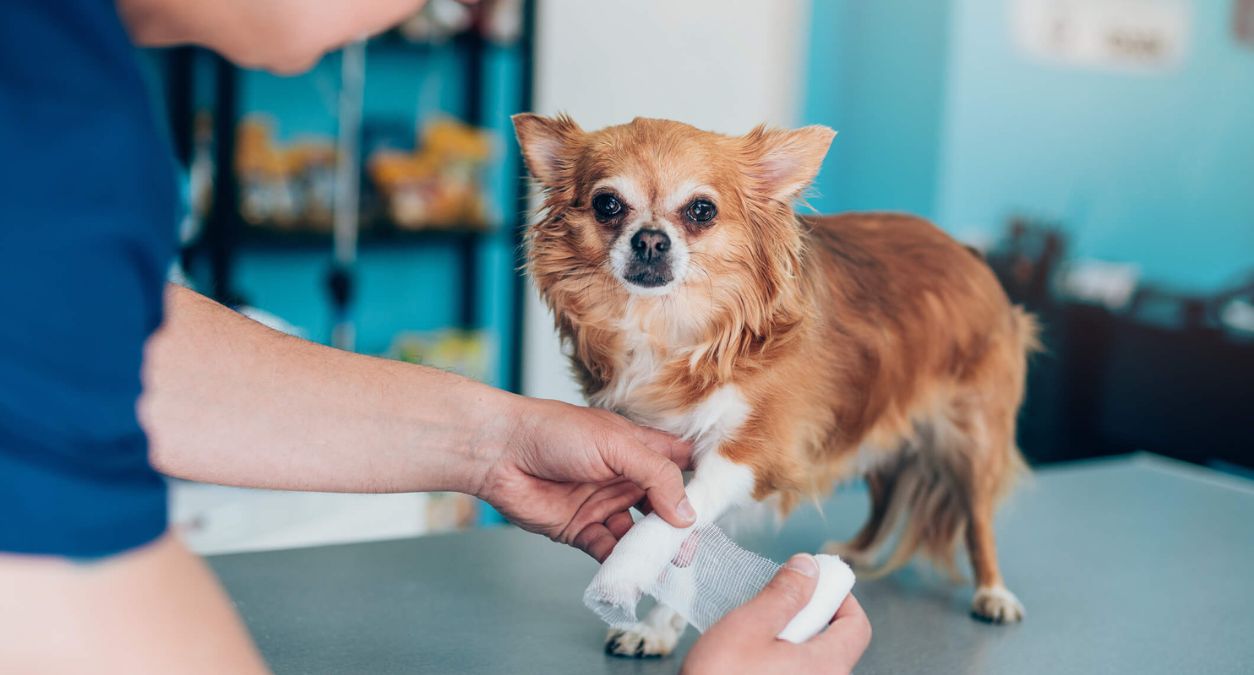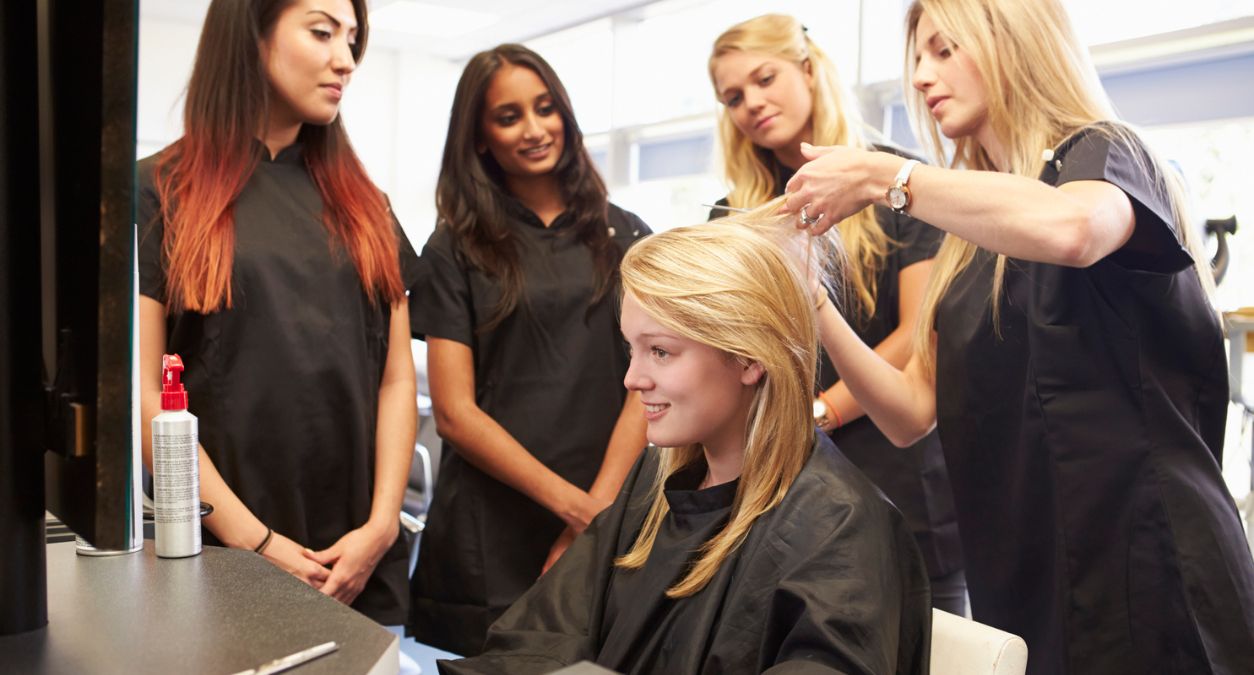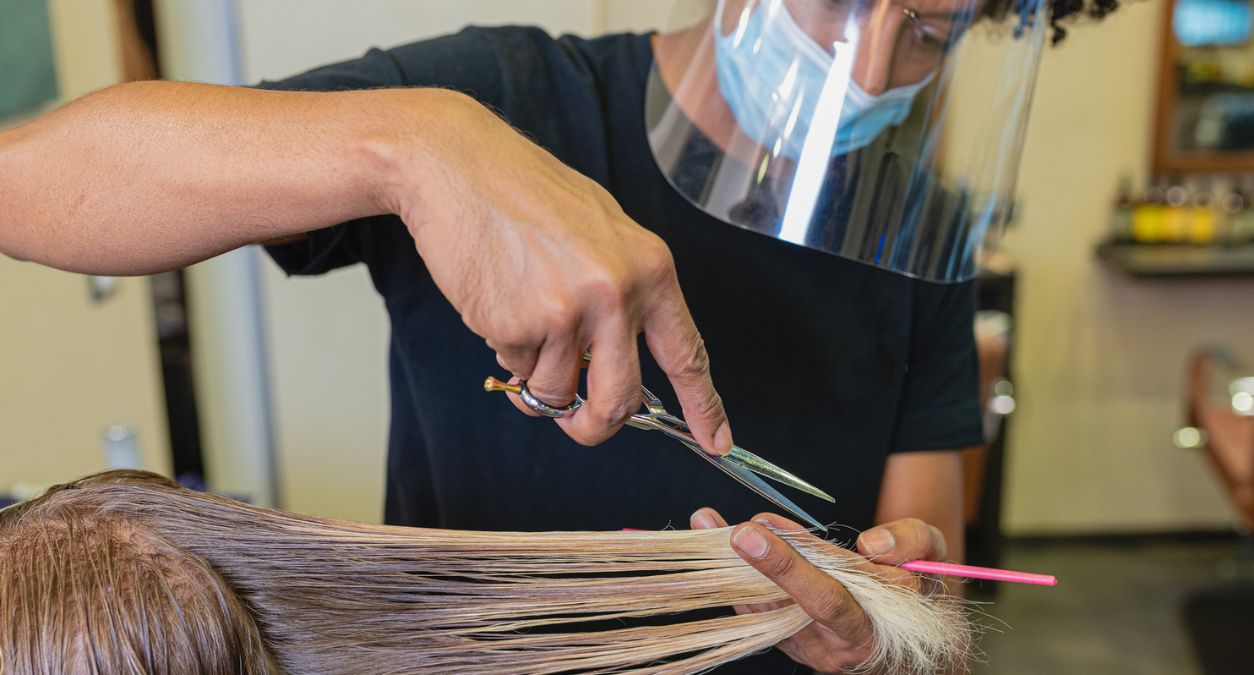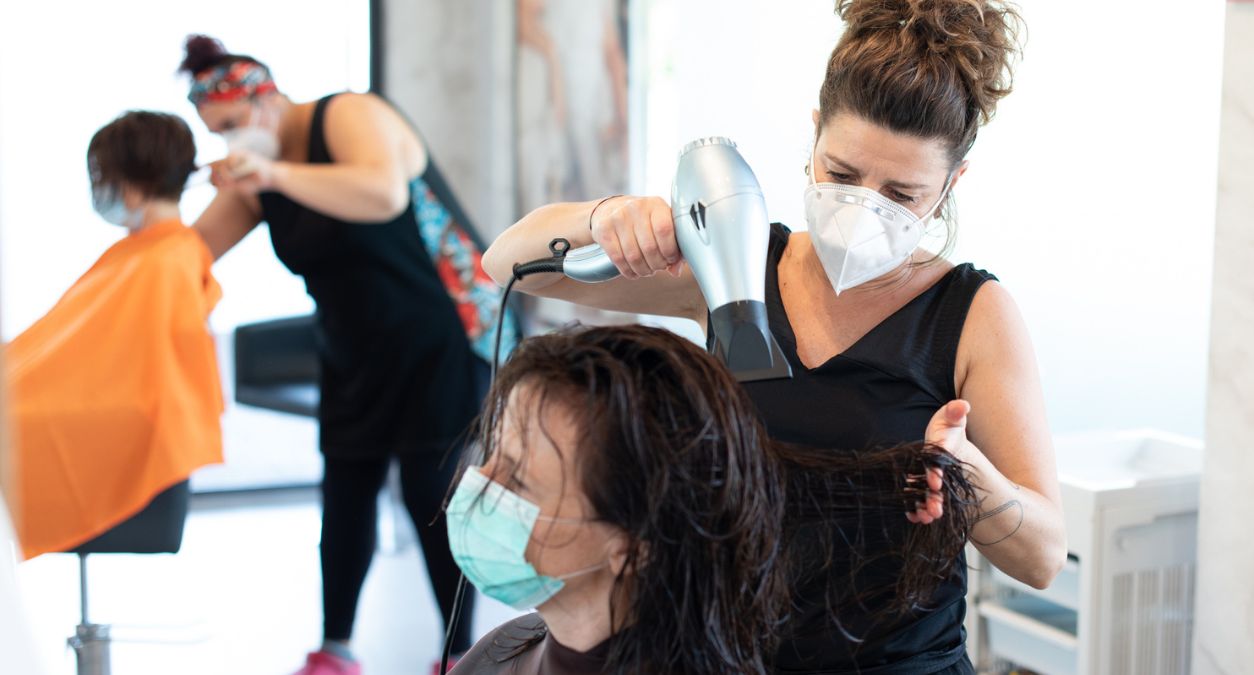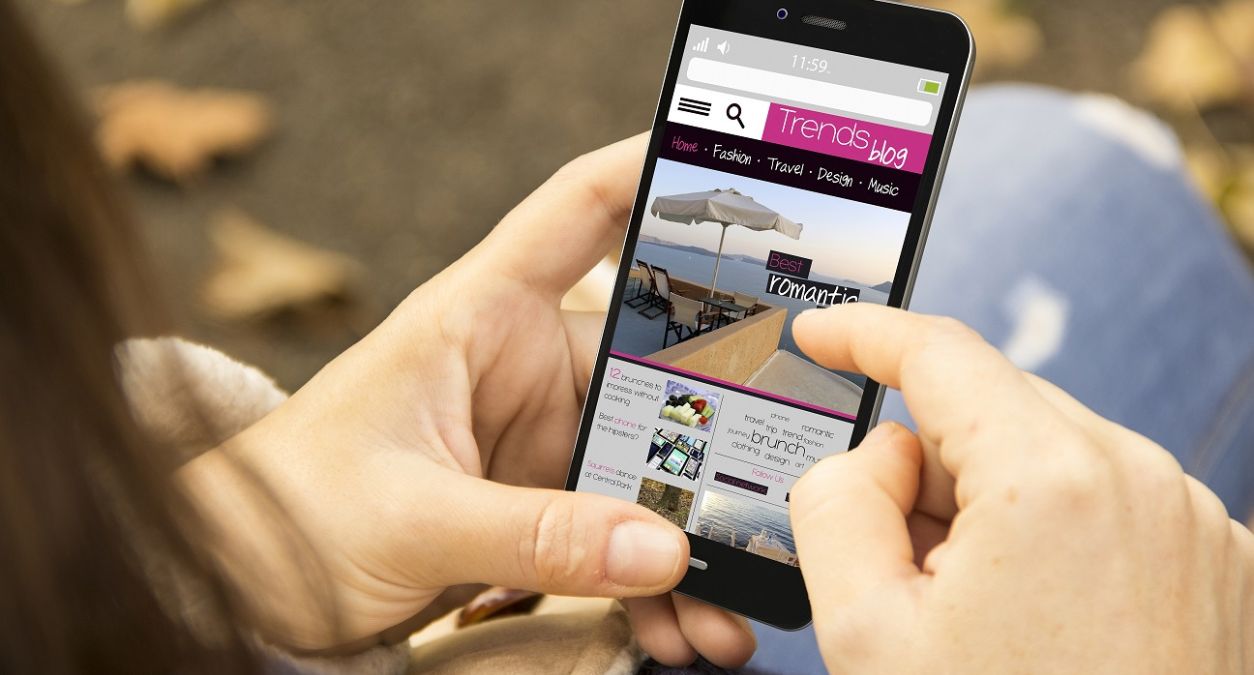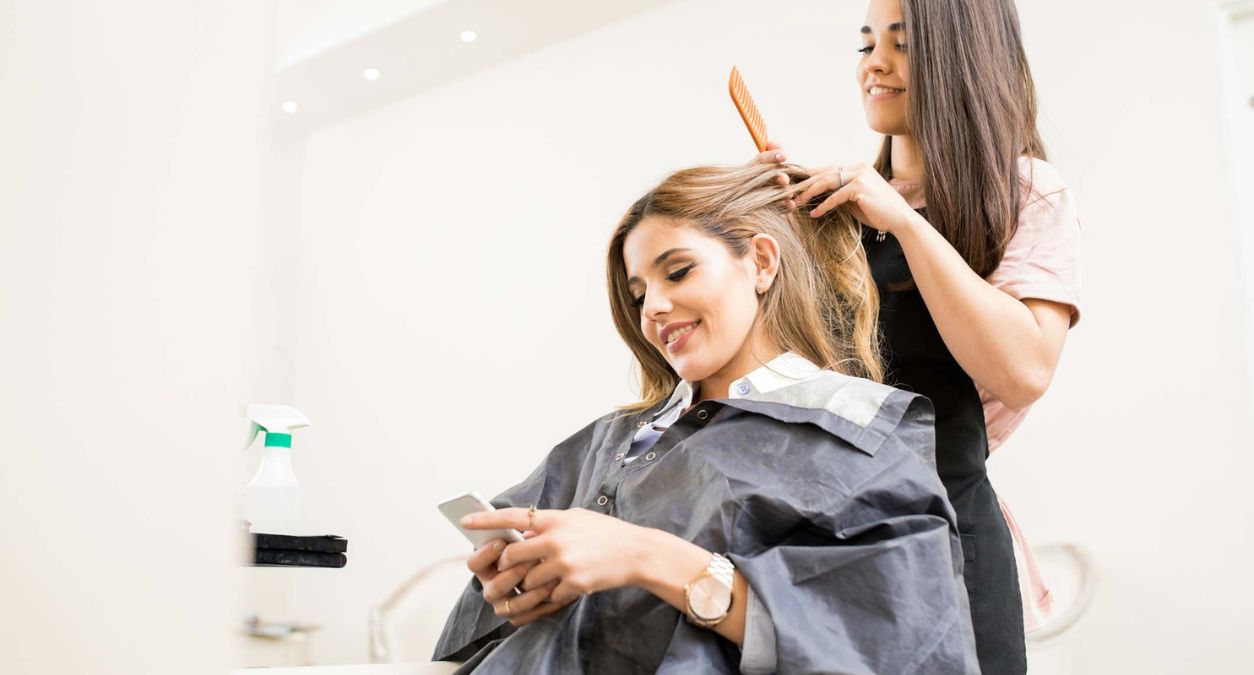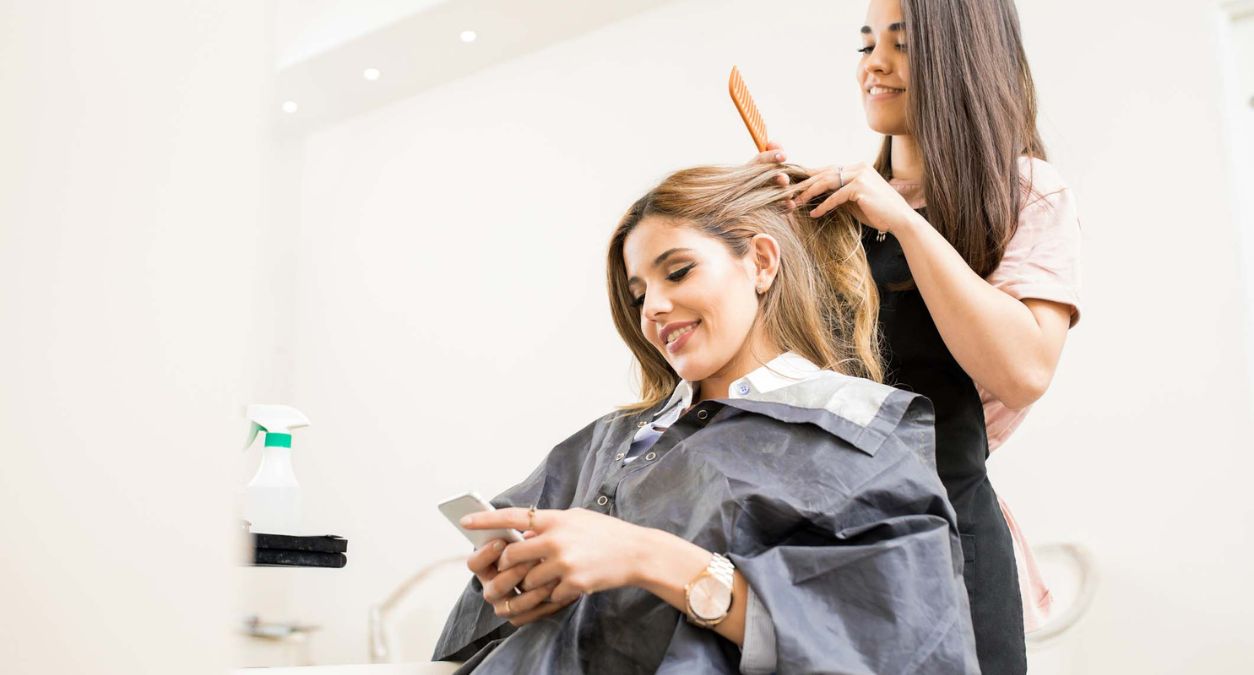Table of contents
Contributors
Steffi joined the business in July 2017 as Business Support Executive. Steffi completed her degree in Sports and ...
When you mix sharp equipment and unpredictable pets, accidents and injuries can happen. Even if animal safety stays at the top of your mind and you always take necessary caution, dog grooming activities often pose potential risks. In this blog, we will discuss ways to help prevent them from happening whilst you conduct your dog grooming services.
About Us
We’re one of the leading providers of insurance for pet businesses and offering a variety of tailored products such as Dog Grooming Insurance.
Brush and Clipper Burn
If your dog has long hair and requires repetitive brushing in the same area, whether there are tangles or matting, it can cause burns, especially to sensitive skin.
Similar to brush burn, razor burn happens when a dog is clipped very close to the skin. Sometimes this is caused by a dull or hot razor after shaving through thick matted or pelted hair.
According to the British Dog Groomers’ Association, the first thing that is recommended is to take the dog to the vet to ascertain the cause of the burn. They will probably prescribe an antibiotic ointment to soothe it and prevent further irritation or infection. If the dog is particularly interested in agitating the rash, you can also advise the owner to use an Elizabethan Collar.
Nicks and Scrapes
Small cuts made by scissors or clippers can occur for a variety of reasons, but the most common are; when a dog is very jumpy or wiggly, when a dog’s skin is thin or when a dog has tight matting or is pelted, or if there are hidden warts, scabs or moles.
Matted hair, which is another common reason for cuts and scrapes is often built under armpits or between toe webbing. Even groomers find it hard to determine where the hair ends and the skin starts. So, asking pet owners to brush their pet regularly and book their grooming appointments every 6-8 weeks will help prevent a majority of these issues.
It is always advisable to check with the owner if the dog has any warts, scabs or moles, so that cutting them is avoided.
As a dog groomer, it can be scary knowing that you nicked or scraped a dog, but in most cases it is nothing to worry about as the wound will heal quickly and, as long as you ask the owner to keep it clean, the dog will stay happy and healthy. Of course, for bigger cuts it is highly recommended taking the dog to the vet.
Ear Plucking Irritation
Ear plucking is when a groomer pulls the hair out of a dog’s ears as excessive hair normally blocks the flow of air that keeps the ear canal dry, traps dirt and causes matting.
This procedure normally triggers irritation and discomfort to dogs especially when attempting to pluck hair around sensitive areas.
Plucking the hair from the ear canal is a disputable topic in the dog grooming world. Some dog groomers claim that they see more ear infections in dogs that get their ears routinely plucked, while others claim just the opposite.
Whether to pluck the dog’s ears or not will depend on their individual circumstances, however, remember to remind dog owners that ongoing ear care is important for pets that suffer from ear infections.
Cutting the Quick and Broken Nails
Another common dog grooming injury that occurs, both at home and with professional groomers, is the cutting of the quick on a dog nail.
Cutting the nail too short looks like the most horrific injury with a lot of blood, but it isn’t always quite as bad as it seems. Dogs have lots of blood vessels stored inside each nail, and routine nail trims will help them recede and make the nails safely shorter.
Styptic powder is the most common and efficient way to stop a dog’s nail from bleeding. It’s what vets and groomers use to treat minor cuts as well.
If a dog in your care suffers any of these injuries the key when dealing with them is to stay calm. Having a first aid kit on hand is essential.
You can find out what to include in your dog first aid kit from our blog here. Or if setting up a dog grooming business is a long-term ambition of yours, here are some important things to keep in mind: What To Remember When Becoming A Dog Groomer.
Get Dog Grooming Insurance from Protectivity
*Disclaimer – This blog has been created as general information and should not be taken as advice. Make sure you have the correct level of insurance for your requirements and always review policy documentation. Information is factually accurate at the time of publishing but may have become out of date.
Last updated by




